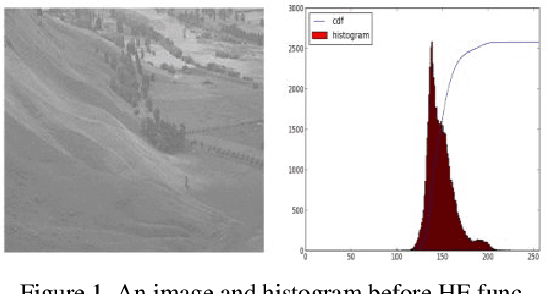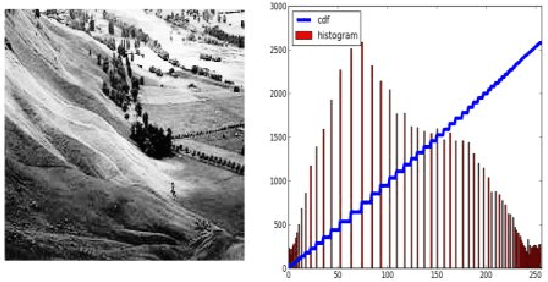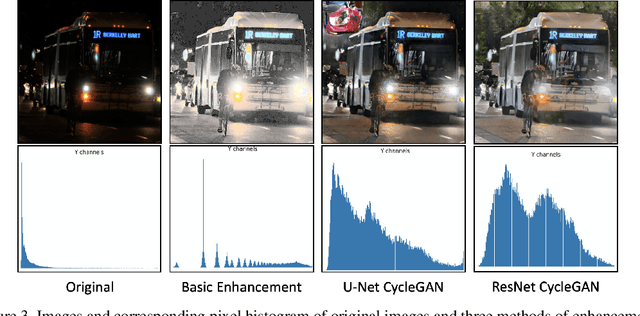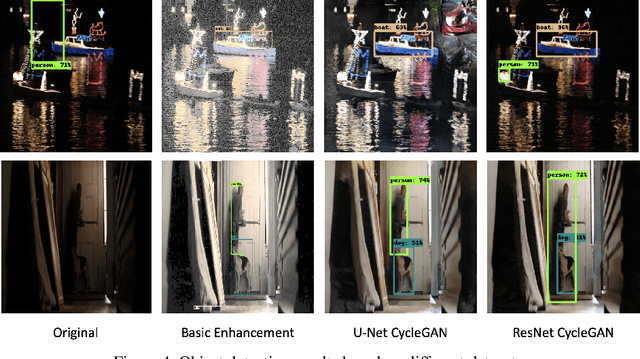Exploring Low-light Object Detection Techniques
Paper and Code
Jul 30, 2021



Images acquired by computer vision systems under low light conditions have multiple characteristics like high noise, lousy illumination, reflectance, and bad contrast, which make object detection tasks difficult. Much work has been done to enhance images using various pixel manipulation techniques, as well as deep neural networks - some focused on improving the illumination, while some on reducing the noise. Similarly, considerable research has been done in object detection neural network models. In our work, we break down the problem into two phases: 1)First, we explore which image enhancement algorithm is more suited for object detection tasks, where accurate feature retrieval is more important than good image quality. Specifically, we look at basic histogram equalization techniques and unpaired image translation techniques. 2)In the second phase, we explore different object detection models that can be applied to the enhanced image. We conclude by comparing all results, calculating mean average precisions (mAP), and giving some directions for future work.
 Add to Chrome
Add to Chrome Add to Firefox
Add to Firefox Add to Edge
Add to Edge